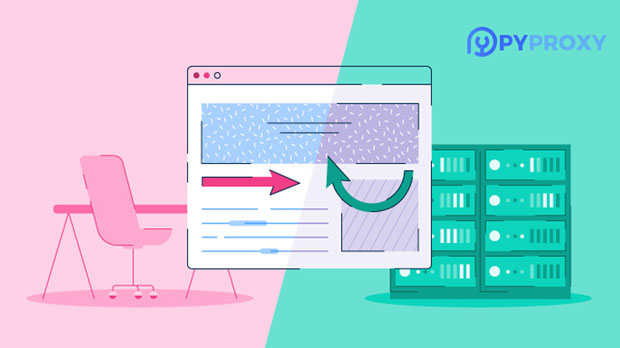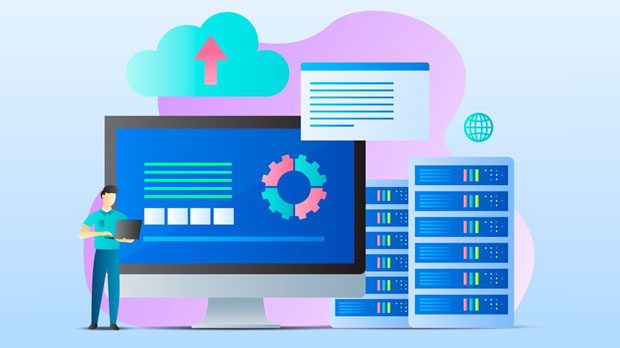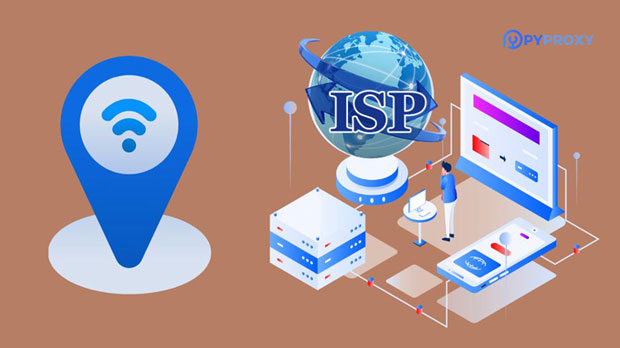When using PYPROXY, a popular proxy service provider, customers often wonder how significant the performance gap is between free and paid proxies. Proxies are essential for a variety of online tasks, including web scraping, anonymity, and accessing geo-restricted content. While free proxies seem like an attractive option for budget-conscious users, they often come with limitations in speed, reliability, and security. On the other hand, paid proxies promise enhanced performance, including faster speeds, better reliability, and stronger security features. This article explores the key differences in performance between free and paid proxies in PyProxy, offering deep insights that can help users make an informed decision based on their needs and priorities. Introduction: The Need for Proxies and Their ImportanceProxies act as intermediaries between a user's device and the internet. They are widely used for tasks such as browsing anonymously, accessing blocked content, and automating web scraping. In the context of PyProxy, proxies are used to mask the user's IP address, ensuring privacy and bypassing geographical restrictions.Both free and paid proxy services are available through PyProxy, and while they serve the same basic purpose, their performance varies significantly. Understanding these differences is crucial for users who rely on proxies for mission-critical tasks. Below, we will dive into the factors that affect proxy performance and how they differ in free and paid services.Factors Affecting Proxy PerformanceBefore analyzing the performance differences between free and paid proxies, it's essential to understand the key factors that influence proxy speed, security, and reliability:1. Speed: The time it takes for a proxy to process a request and return data. Speed is critical for activities like web scraping, where large amounts of data need to be collected in a short time.2. Reliability: The ability of a proxy to maintain a stable connection without frequent downtimes or interruptions.3. Security: The level of encryption and protection against data breaches or malicious activities.4. Location and Geolocation Support: Proxies that are distributed across multiple locations tend to perform better by providing users with options to choose proxies in different regions.Free Proxies in PyProxy: Limitations and Performance DrawbacksFree proxies provided by PyProxy come with a series of limitations that affect their overall performance:- Speed: Free proxies are often slower than their paid counterparts. This is primarily because free proxies are shared among many users, leading to network congestion and slower response times. Since these proxies are used by multiple people simultaneously, the bandwidth is divided, which ultimately reduces the speed.- Reliability: Free proxies are more likely to experience downtime. Since these proxies are not maintained as rigorously as paid ones, users can expect frequent disruptions in service. Many free proxies are also used for malicious purposes, making them unreliable for sensitive tasks.- Security: Free proxies often lack robust security features. They may not offer encryption, which can expose user data to hackers. Free proxies also have higher risks of being used to launch cyber-attacks or distribute malware.- Limited Geolocation Choices: Free proxies typically offer fewer locations to choose from, limiting access to specific regions. Users who need proxies from diverse locations may find this particularly restrictive.Paid Proxies in PyProxy: Enhanced Features and PerformancePaid proxies from PyProxy come with a host of features that make them a superior choice for users who prioritize performance:- Speed: Paid proxies are significantly faster than free ones. Since these proxies are dedicated to fewer users, the bandwidth is not shared, allowing for faster connections. This is especially beneficial for activities that require high-speed internet access, such as web scraping or streaming.- Reliability: Paid proxies have better uptime. Since they are maintained more rigorously and often come with customer support, users can expect a more consistent and reliable connection. Paid proxies are also less likely to be blocked or flagged by websites.- Security: Paid proxies generally come with advanced security features, including encryption protocols like HTTPS, making them much safer for online activities. They also offer more protection against cyber threats and are less likely to compromise user privacy.- Better Geolocation Choices: Paid proxies offer a wider range of locations, giving users access to proxies from various countries and regions. This allows for greater flexibility, especially for users who need proxies in specific locations for tasks like bypassing geo-restrictions.Performance Comparison: Speed, Reliability, and SecurityLet’s break down the differences between free and paid proxies in terms of key performance metrics:- Speed: Free proxies tend to suffer from slow speeds due to overcrowded servers and limited bandwidth. Paid proxies, by contrast, offer high-speed performance because they are allocated dedicated resources.- Reliability: Free proxies are prone to frequent downtimes, resulting in poor reliability. Paid proxies offer higher uptime and stable connections, making them more reliable for regular use.- Security: Free proxies generally do not provide encryption, which leaves them vulnerable to data breaches. Paid proxies, on the other hand, typically offer encryption, which ensures that user data remains secure during transmission.Use Case Scenarios: When Should You Choose Free or Paid Proxies?Choosing between free and paid proxies depends largely on the use case and the level of performance needed:- Use Free Proxies: If you’re engaged in low-stakes tasks where speed and security are not a priority, free proxies might suffice. These could include light web browsing, general anonymity, or testing out basic proxy functionality.- Use Paid Proxies: If you’re conducting high-volume web scraping, need fast speeds, or require more reliable connections for business or sensitive tasks, paid proxies are the better choice. The additional cost ensures that you have access to better speeds, reliability, and security.Conclusion: Making the Right Choice for Your NeedsIn summary, the performance differences between free and paid proxies in PyProxy are significant. Free proxies come with limitations in terms of speed, reliability, and security, making them suitable only for casual or non-critical tasks. Paid proxies, on the other hand, offer faster speeds, greater reliability, and better security, making them a worthy investment for users who need higher performance for activities like web scraping, anonymous browsing, and accessing geo-restricted content. Ultimately, the choice between free and paid proxies should be based on your specific needs and priorities.Performance Difference Between Free and Paid Proxies in PyProxyWhen using PyProxy, a popular proxy service provider, customers often wonder how significant the performance gap is between free and paid proxies. Proxies are essential for a variety of online tasks, including web scraping, anonymity, and accessing geo-restricted content. While free proxies seem like an attractive option for budget-conscious users, they often come with limitations in speed, reliability, and security. On the other hand, paid proxies promise enhanced performance, including faster speeds, better reliability, and stronger security features. This article explores the key differences in performance between free and paid proxies in PyProxy, offering deep insights that can help users make an informed decision based on their needs and priorities.
Aug 22, 2025



































































